World of Warcraft will be turning 20 this November and with that comes Blizzard's plans for the next 20 years of the game with the Worldsoul Saga. To celebrate and reflect back on the game, we're going to dive into Mists of Pandaria and look at its most iconic features that it introduced into the game.
Mists of Pandaria was the fourth expansion to World of Warcraft and starting this week, will be the highlight of a new in-game event on the main game titled "Mists of Pandaria Remix". This Timerunning event is limited and introduces plenty of fun new ways to experience the old content with modern characters. Let's check out the top features the expansion originally introduced.
New Neutral Race: Pandaren
The first neutral race, the Pandaren, were given the option to join the Alliance or the Horde after they completed their introductory campaign on The Wandering Isle, a giant turtle swimming in the sea. Originally an April Fools joke by Blizzard artist, Samwise Didier, Pandas received a positive response from fans and the first Panda, the Pandaren Brewmaster, was added as a neutral hero in Warcraft III.
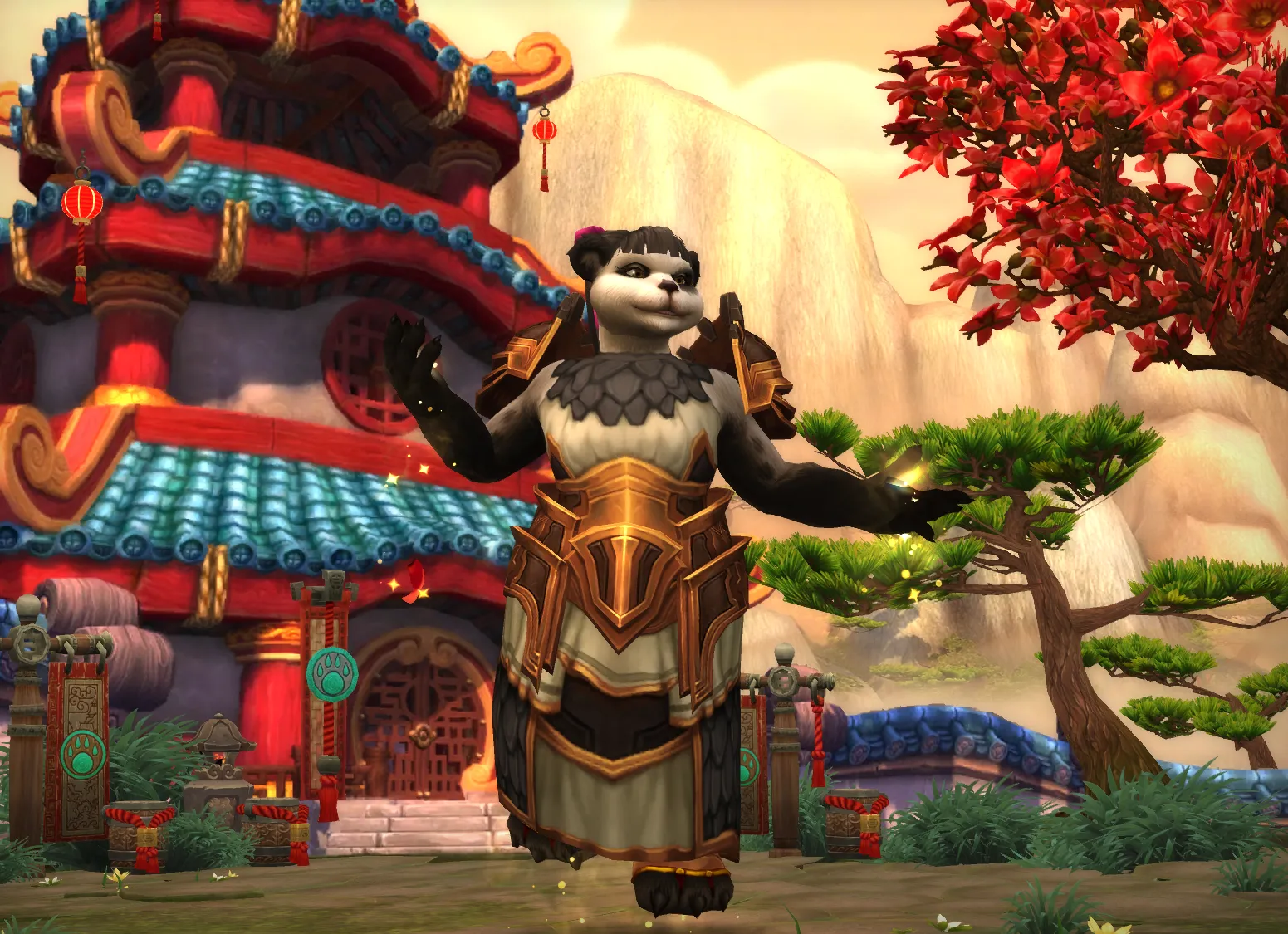
The Pandaren were a very polarizing addition to the game, with players either loving or hating them. Cataclysm, the previous expansion which had plenty of negativity within the community about how it "wasn't Warcraft" (the previous expansions were based in very old WoW lore) and the Pandaren added onto this, even though there was precidence. Over a decade later though, the Pandaren are welcome additions and Mists of Pandaria as a whole is generally received as a great expansion with solid raid content, plenty of daily things to do, and more iconic additions which we'll get to in a moment.
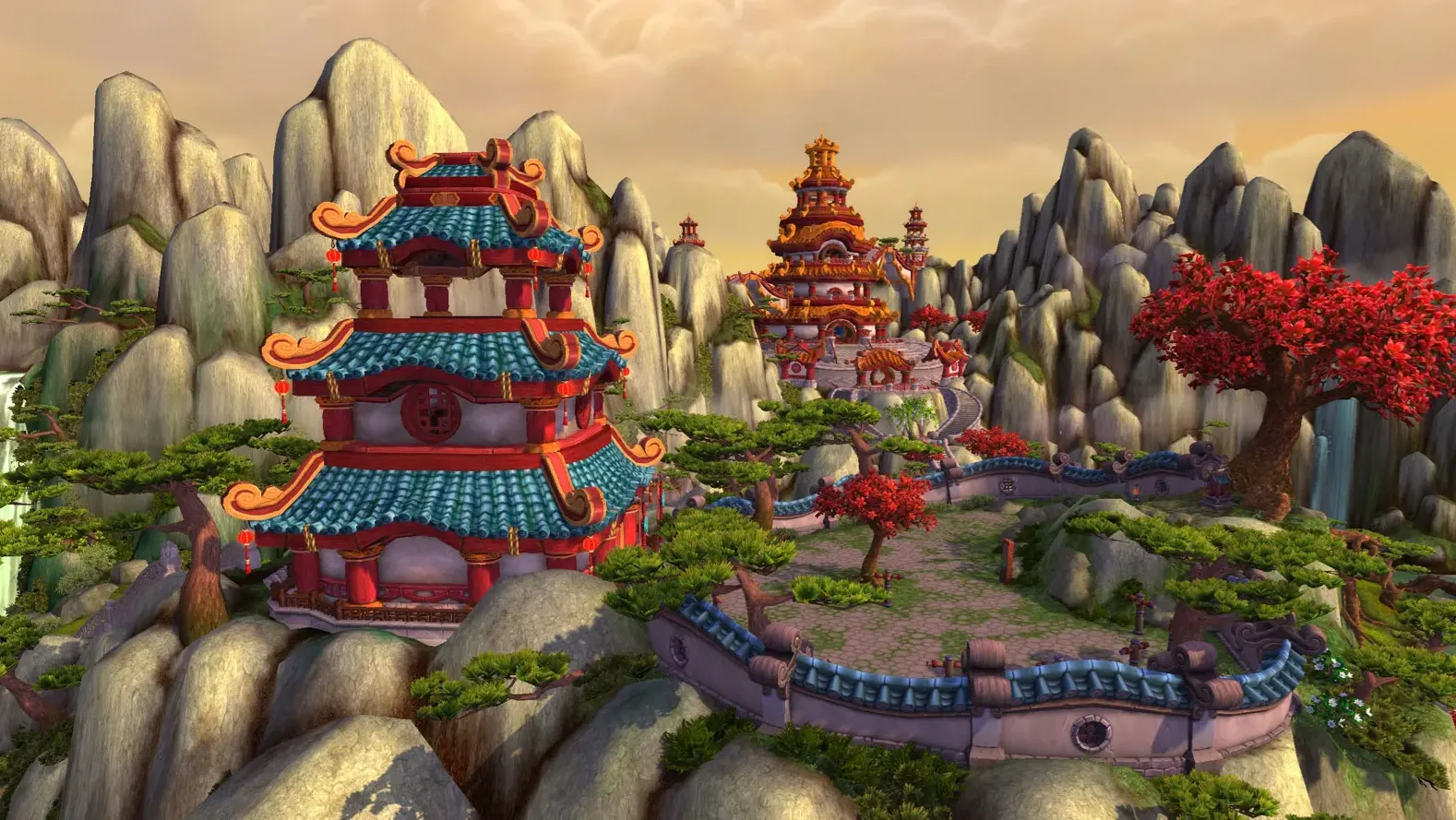
Did you know? According to Chris Metzen back at 2011's BlizzCon, Pandaren were originally going to be an Alliance race in the first WoW expansion, The Burning Crusade.
New Class: Monk
If we're talking Pandas, we're going to need to talk about the Monk as well! This was the second brand new class added to the game, with Death Knights arriving just two expansions before in Wrath of the Lich King, and they were quite powerful. The new hybrid class allowed for Brewmaster Tanking, Mistweave Healing, and Windwalker Melee DPS, and all were generally fun to play with playstyles that encourged plenty of mobility.
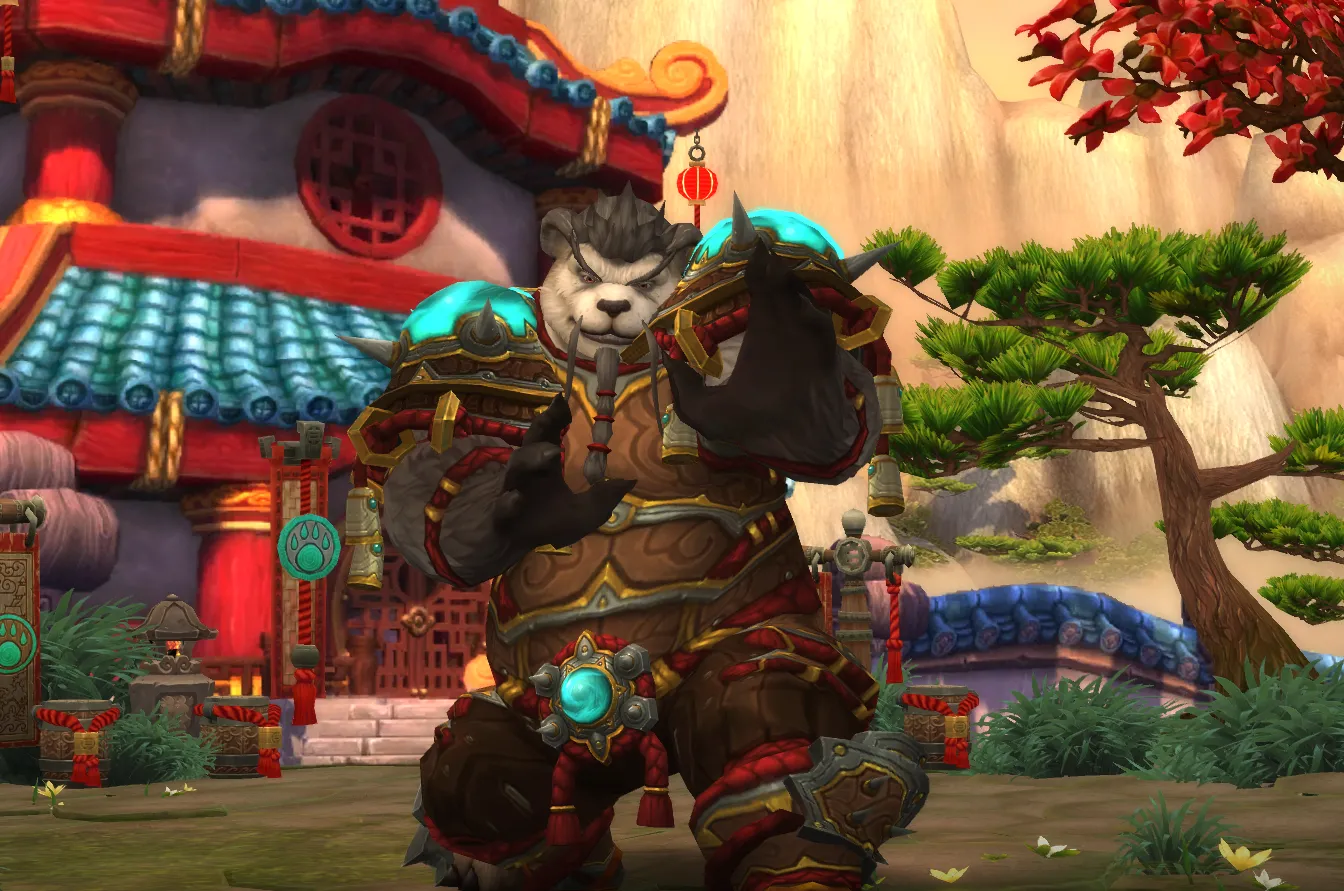
New energy and chi mechanics provided fresh options for uniqueness and gave everyone new resources to master. Monks also had their own catch-up mechanics to help new Monks hit Pandaria faster through the Enlightenment buff, which was obtainable at the Peak of Serenity in Pandaria, which all Monks had a teleport to via Zen Pilgrimage prior to Legion, providing a 50% XP boost for killing monsters and completing quests.
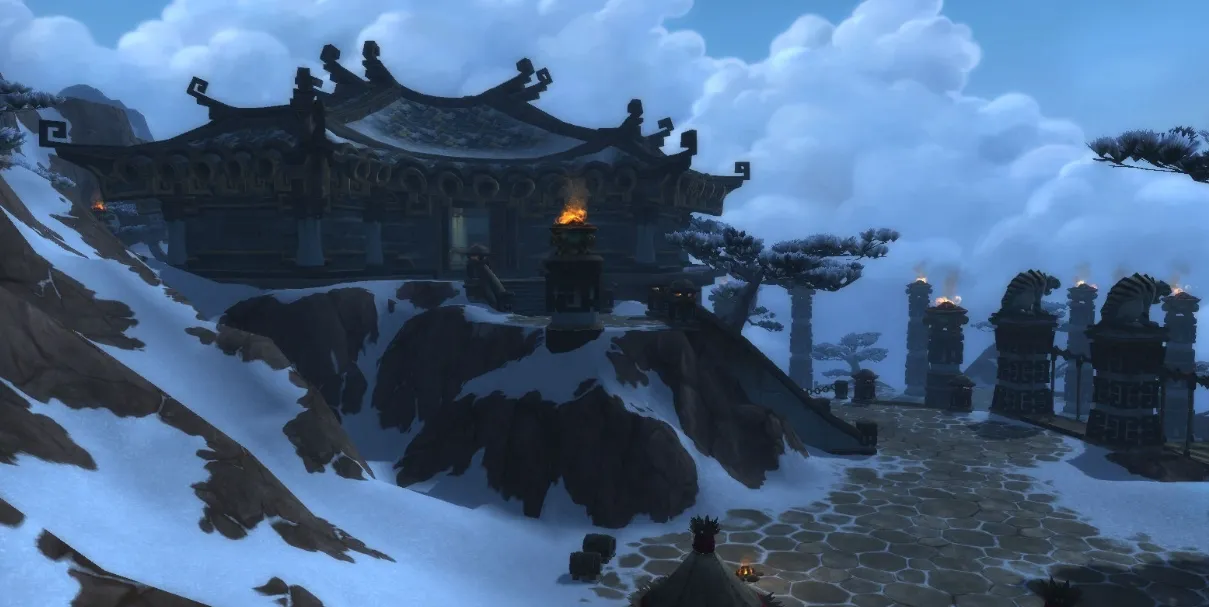
Pet Battles
Inspired by Pokemon, the Pet Battle System allows players to capture, train, and battle with their previously known "non-combat pets". A new collection manager in-game allowed you to quickly view your pets and build a team of them to take on trainers around the world. Of course, a Warcraft flavor was put on it which means we're replacing our Pokeballs with simple wooden cages and you can ditch the link cable to trade or battle pets because the Auction House and queue buttons make it trivial to find new pets and get into PvP action..
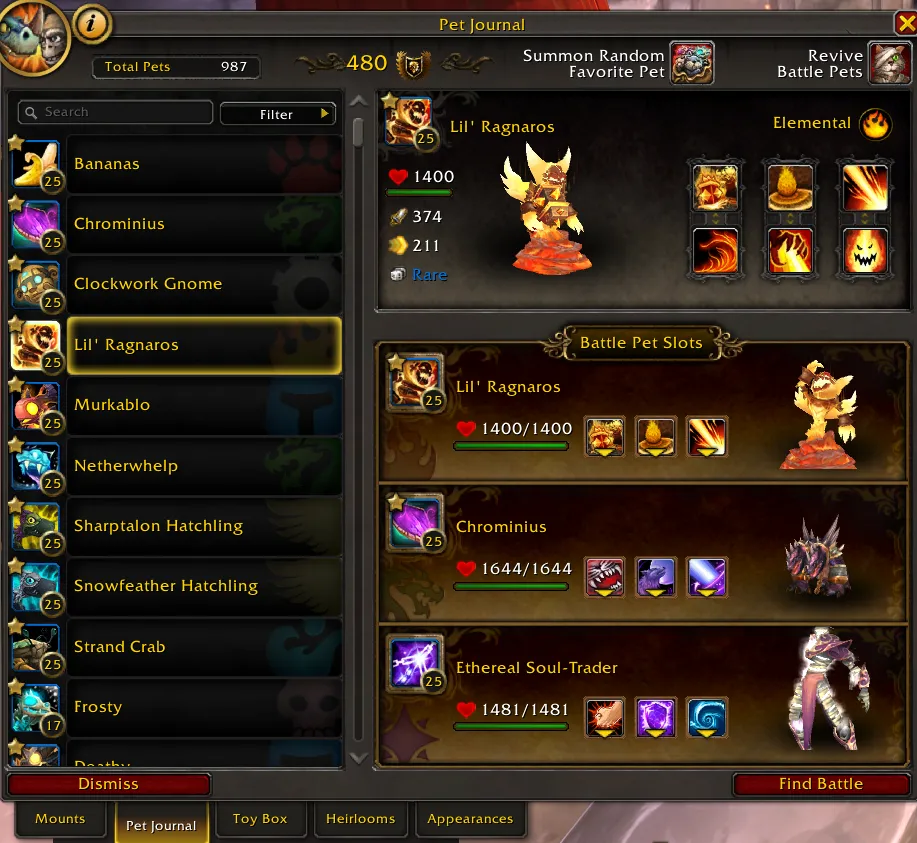
Pet Battles encourged plenty of exploration and gave players something different to do when they weren't raiding or they were waiting around for a queue to pop. Blizzard continues to add new pets to the system in each expansion and more master trainers to defeat.
Challenge Modes
The addition of challenge mode dungeons were the first time we had an expansion-wide concept of timed dungeon runs, though it certainly wasn't the first time a timed dungeon run was possible in World of Warcraft; That title belongs to Stratholme and its "Baron Run" and later in Burning Crusade, the 10 player raid Zul'Aman's bear run became even more iconic for its Amani War Bear treasure. The new feature introduced Bronze, Silver, and Gold thresholds for completing each dungeon.
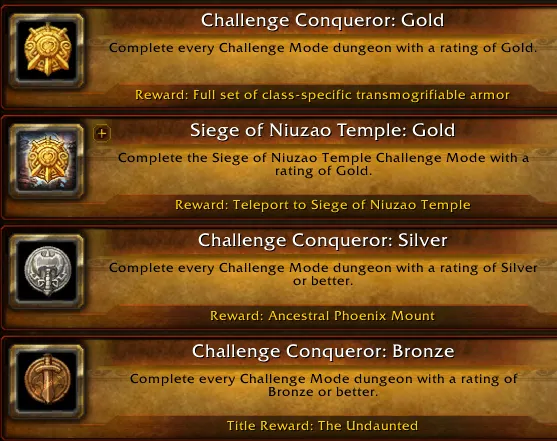
Challenge modes provided lots of new prestige to players. Special achievements, unique mounts, special transmogs, leaderboards, and teleport spells to dungeons were all a part of the system and offered a new level of difficulty to the usual content. We were encourged to find ways to get through the content as fast as possible which meant utilizing "odd" consumables that players wouldn't normally carry, such as the Invisibility Potion.
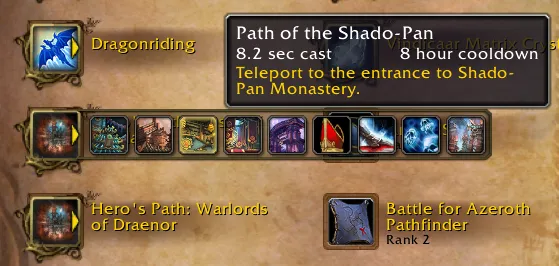
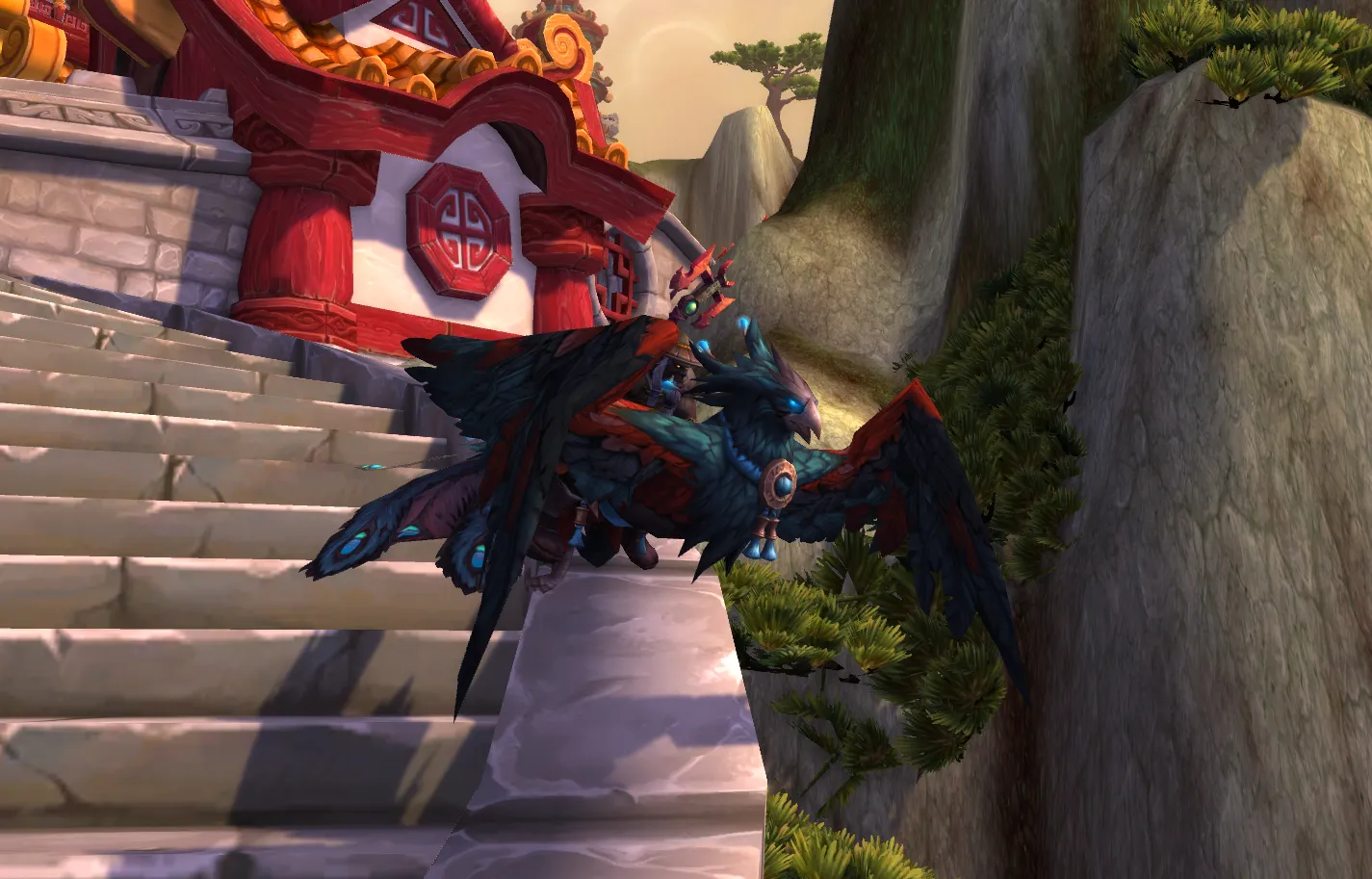
The mode was revisited during the next expansion, Warlords of Draenor, and was the precursor to the current day Mythic+ dungeon system that players have come to love, which received its introduced in Legion.
Scenarios
Scenarios were a new type of content introduced in Mists of Pandaria, designed to provide small group, story-driven experiences that didn't require the traditional tank-healer-damage dealer setup. These instances were designed for three players and offered a way to experience significant lore moments, complete objectives, and earn smaller rewards.
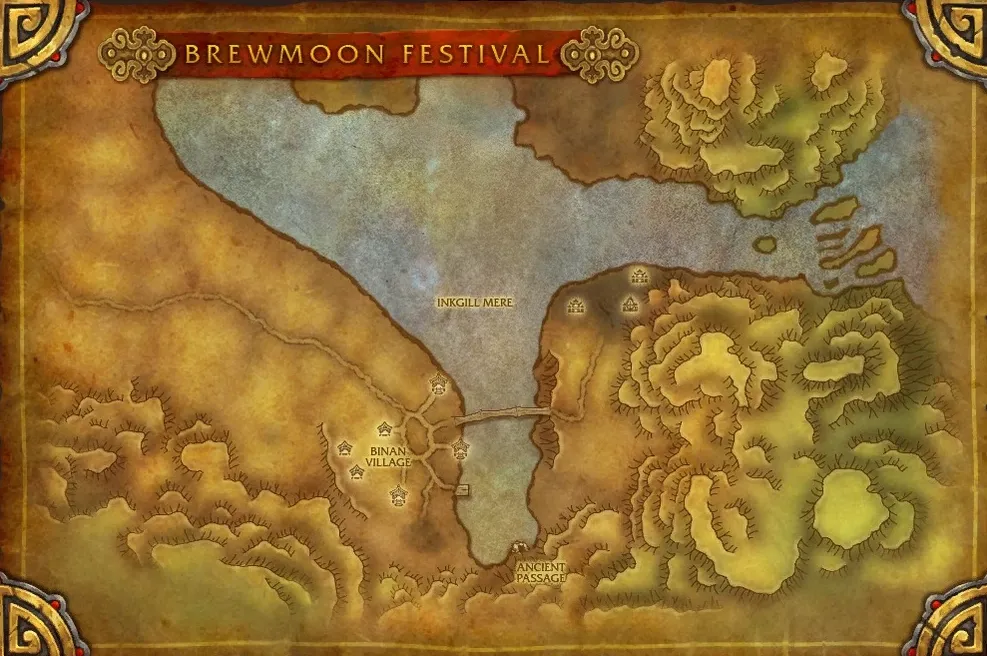
Quick to complete, Scenarios had a mixed reaction from players. They were seen as being too easy for many players and having rewards behind them on a daily basis meant if you wanted to min-max your character, they were mandatory to run which felt like a drag. They were a great way to showcase bits of story through a more dungeon-like interaction, with custom mechanics that made them feel somewhat unique, and that's special.
Why does this make our top 10 list? Even though Scenarios weren't perfect, and aren't a major feature of any expansion outside of Pandaria, we have them to thank for future content in the game. We saw the Deaths of Chromie feature in Legion, Warfronts and Island Expeditions which had a bit of a scenario feel to them in Battle for Azeroth, and plenty of quests in Dragonflight have acted out stories that remind one of scenarios of old.
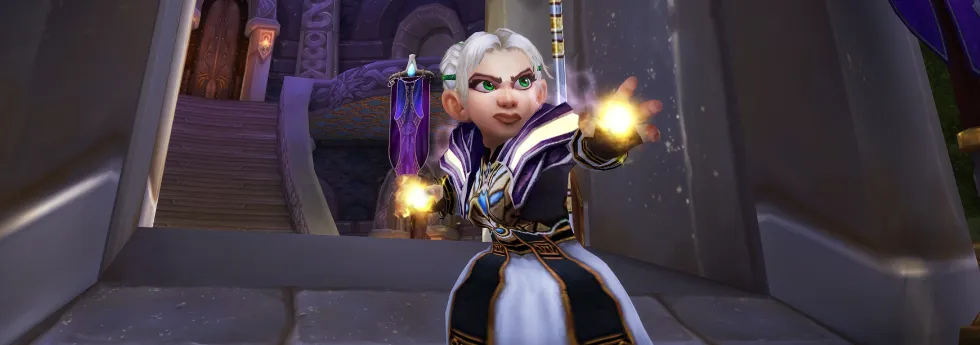
Brawler's Guild
The Brawler's Guild was quite a unique feature introduced in Mists of Pandaria, offering us a solo PvE challenge with a twist. Located in Stormwind and Orgrimmar, this underground fighting club provided an arena where we could test our combat skills against a series of increasingly difficult bosses - all while being in front of an audience of other players.
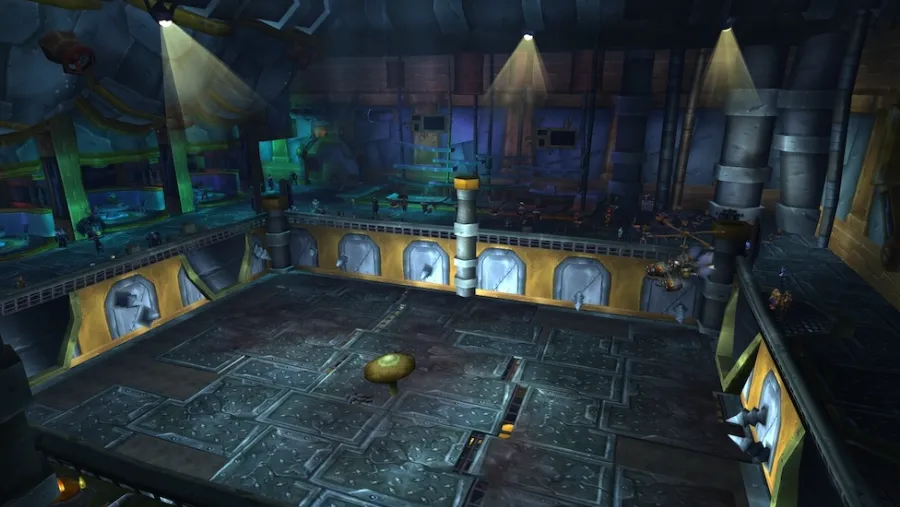
Every boss had its own fight mechanics you had to master, and failure was definitely an option. In order to participate in fight club though, you had to obtain an invation which was a rare drop in the world, available via the Black Market Auction House, or from another player that already had access and a spare invite. The "Brawler" title reward remains one of the cooler PvP-themed titles in the game and earning it was certainly not an easy task.
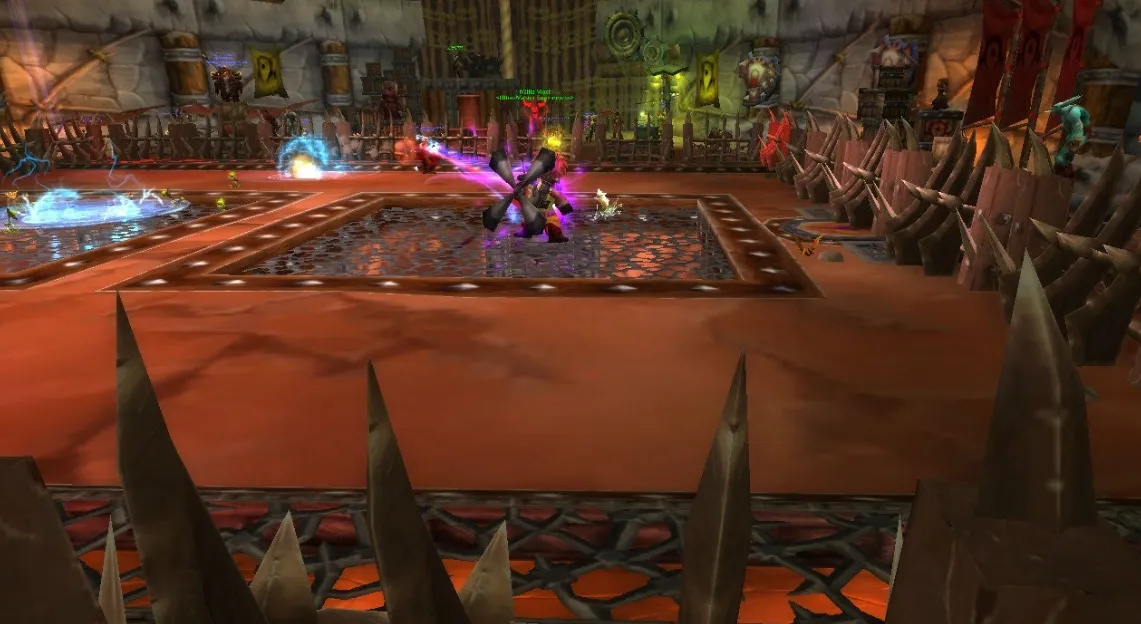
Disappointingly, Brawler's Guild hasn't made a return since it was reintroduced in several other expansions, the most recent being Battle for Azeroth. Will Blizzard ever bring it back? We certainly hope so!
"Farmville"
An incredibly popular game on Facebook of boomers everywhere that folks loved to make fun of, the addition of your very own farm that you could tend to in World of Warcraft quickly earned this title despite it being well received by players. It allowed players to grow their own crops, which could be used in cooking recipes, sold for profit, or turned in for reputation gains. The farm was situated in the Valley of the Four Winds, a lush and fertile region that perfectly captured the essence of Pandaria's tranquility and beauty.
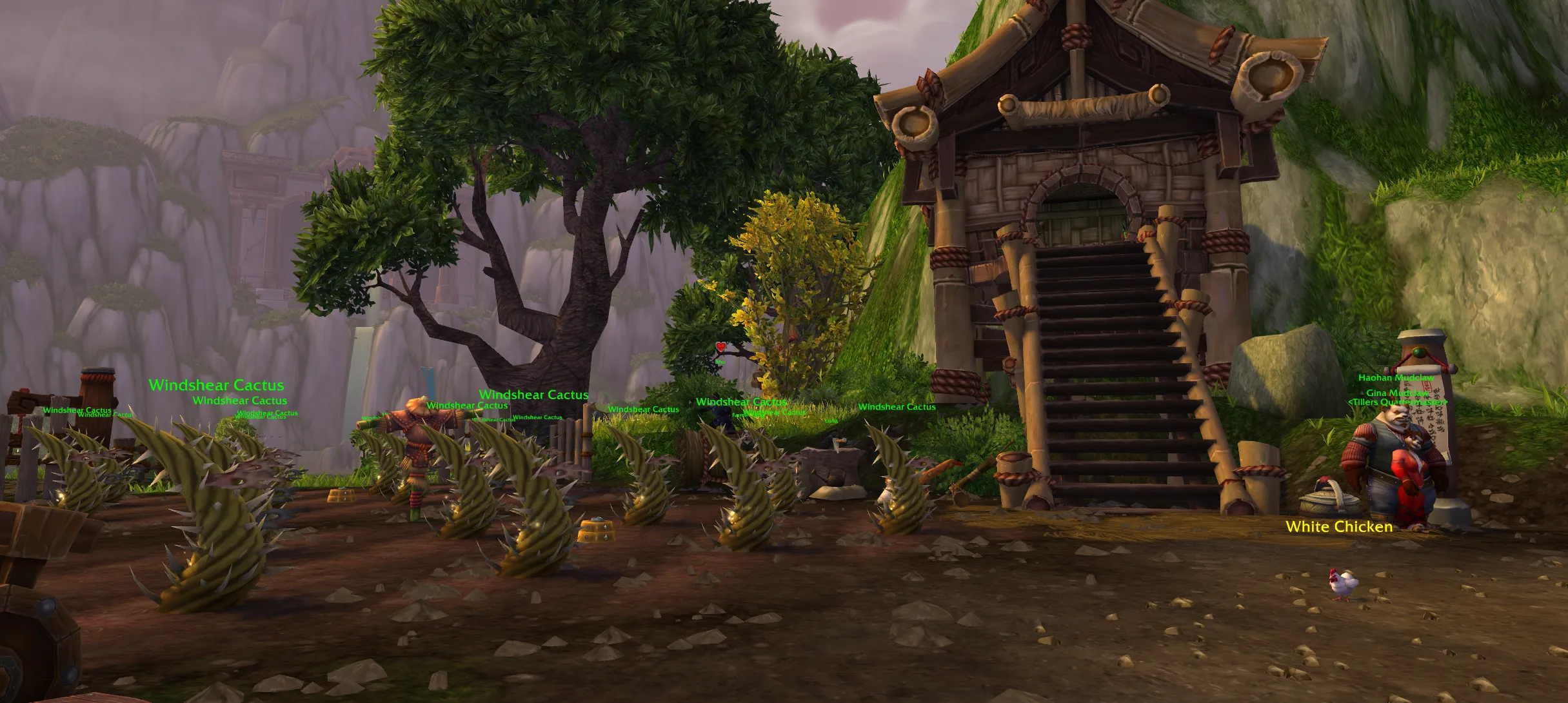
Adjacent to the farm was the Halfhill Market, which allowed us to accept quests from NPCs that built reputation with them and unlocked access to new daily tasks and new recipes; We weren't just building our cooking skills, we were building friendships too!
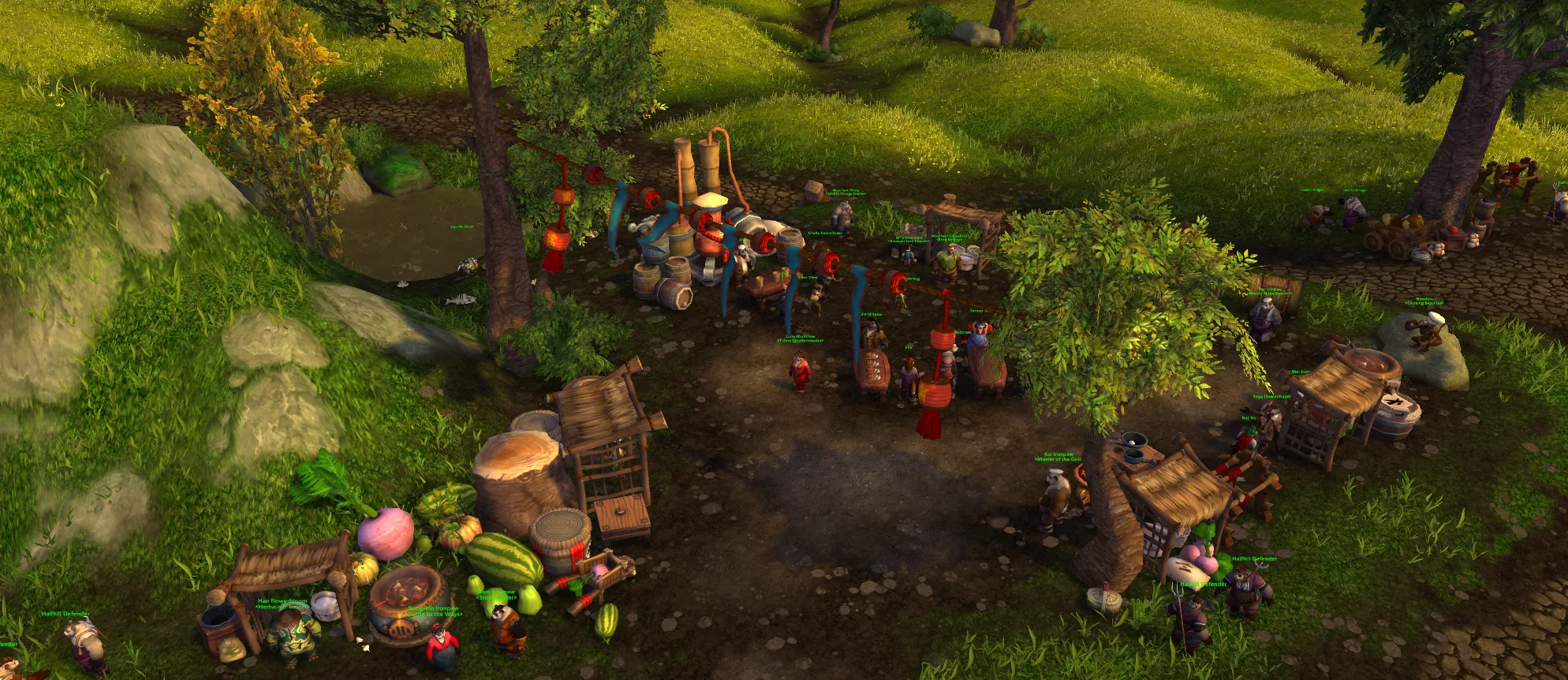
Although the farm was a nice way to add depth to cooking, had the unfortunate side effect of potentially giving Blizzard the genius idea to add even more passive resource farming through Garrisons that we received in Warlords of Draenor. This lead to the market for ores and herbs to be quite different than in expansions prior and if you'd guess that players ended up sitting around even more instead of exploring the world, you'd be correct. Not the best look for an MMORPG.
Cross-Realm Zones
We take it for granted these days that we can login and see other players everywhere we go, but that wasn't always and case and certainly true of lower population realms. In modern day WoW, your realm choice doesn't matter as much anymore, and neither does your flavor of faction, which makes it easy to play with anyone you meet. Prior to Mists of Pandaria though, lower population realms could get quite lonely with there being a good chance of you being the only person online in a particular zone!
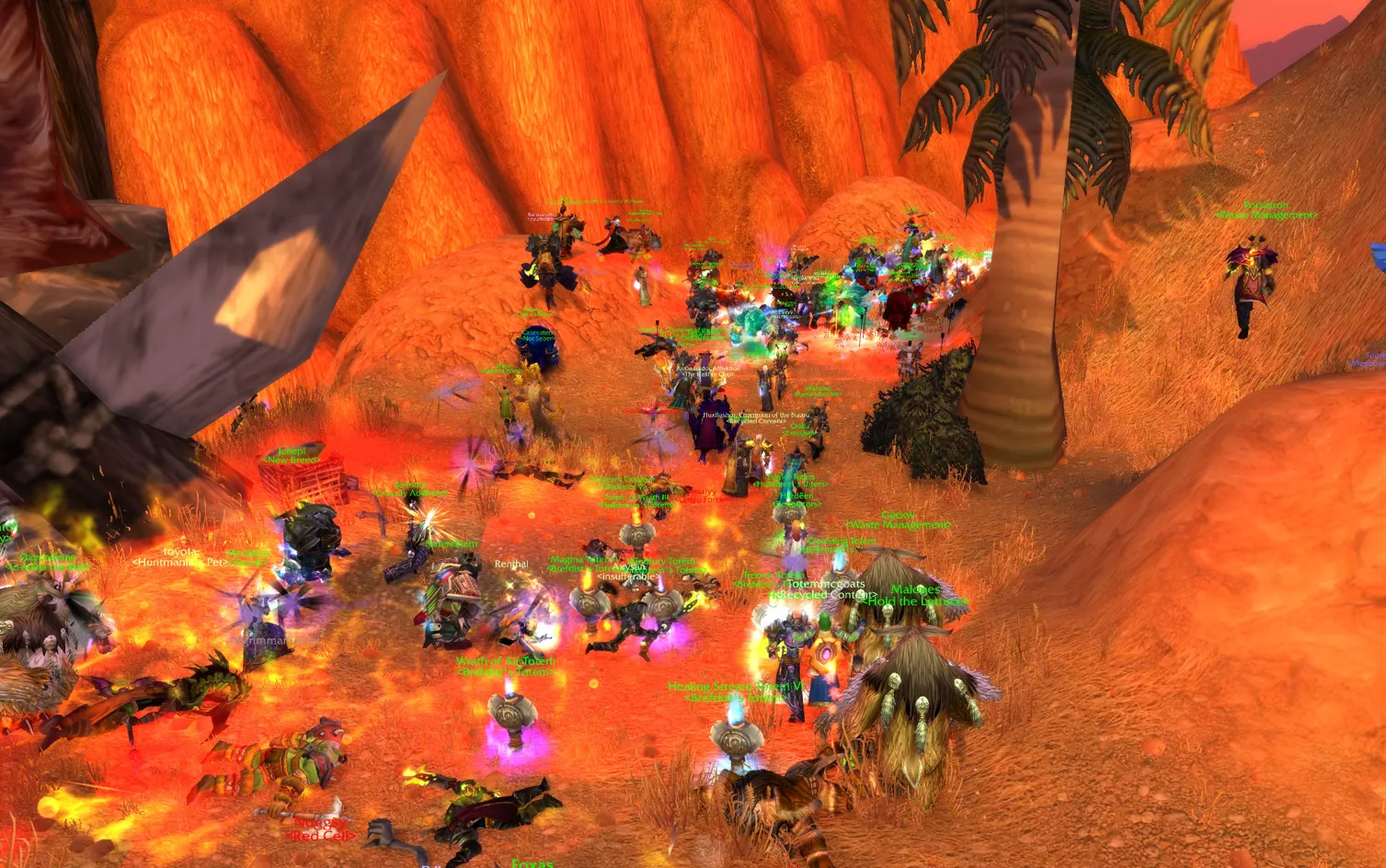
Ignoring the fact this is a Classic era screenshot...
Now, there were some positives to being one of the only people around in a zone as it made farming older achievement rare spawns much easier and if you needed to do gathering professions, every node was certainly yours for the taking.
Fun Fact: Even though Pandaria was the first expansion to include cross realm zones, the continent itself was not cross-realm available until the launch of Warlords of Draenor's prepatch.
Black Market Auction House
The Black Market Auction House (BMAH) was one of the most exciting and controversial features introduced in Mists of Pandaria. This special auction house offered rare and valuable items that were otherwise difficult or impossible to obtain, including retired mounts, pets, and transmog gear. It added an element of chance and thrill for collectors who have mastered the art of goldmaking, as they could bid against other players for these items which sometimes would hit the cap just shy of 10 million gold.
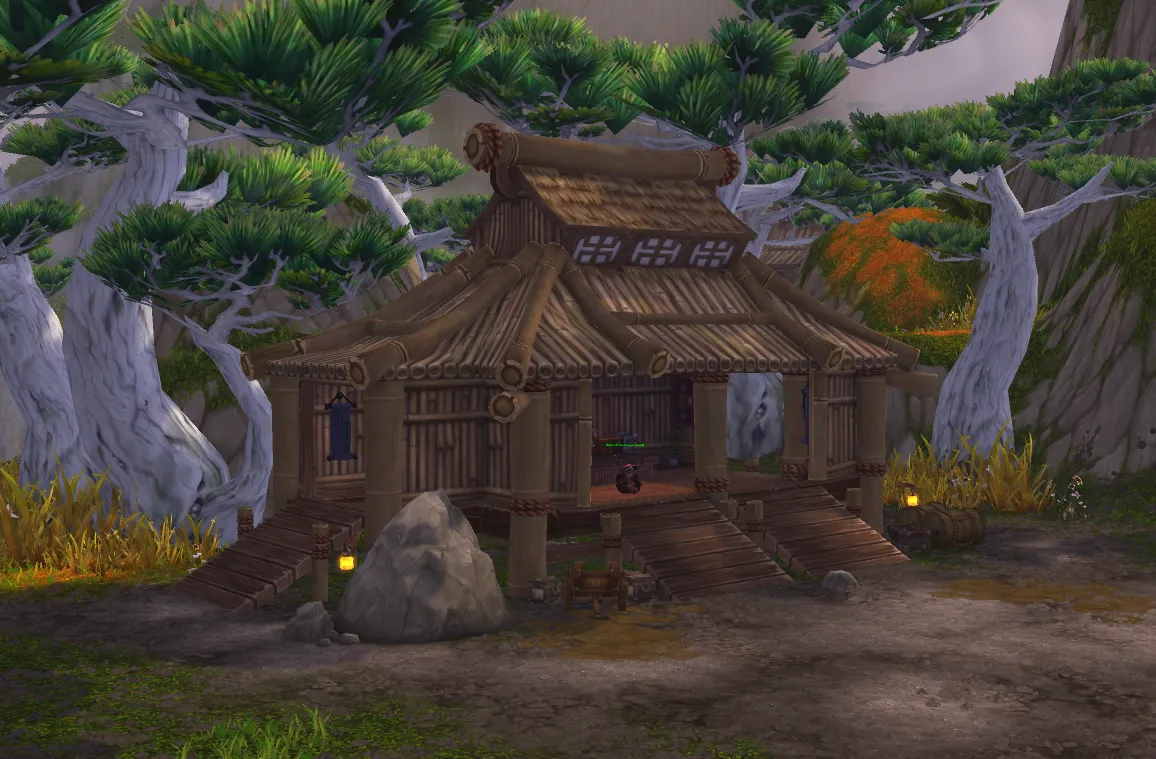
Located in the Veiled Stair, the BMAH was managed by a Pandaren named Madam Goya. Her items included discontinued mounts like the Swift Zulian Tiger, rare pets like the Ethereal Soul-Trader, and the highly desired Tier 3 transmog pieces from the original Naxxramas raid.
We still have the BMAH to this day, with its location moving each expansion to allow for easier access to players.
Flex Raiding
Flex Raiding was a revolutionary feature introduced in Mists of Pandaria, designed to make raiding more accessible and flexible for players. This new system allowed raid groups of varying sizes to jump into raid content without the requirements of your traditional 10 and 25 player raid sizes, although those were still the minimum and maximum number of players.
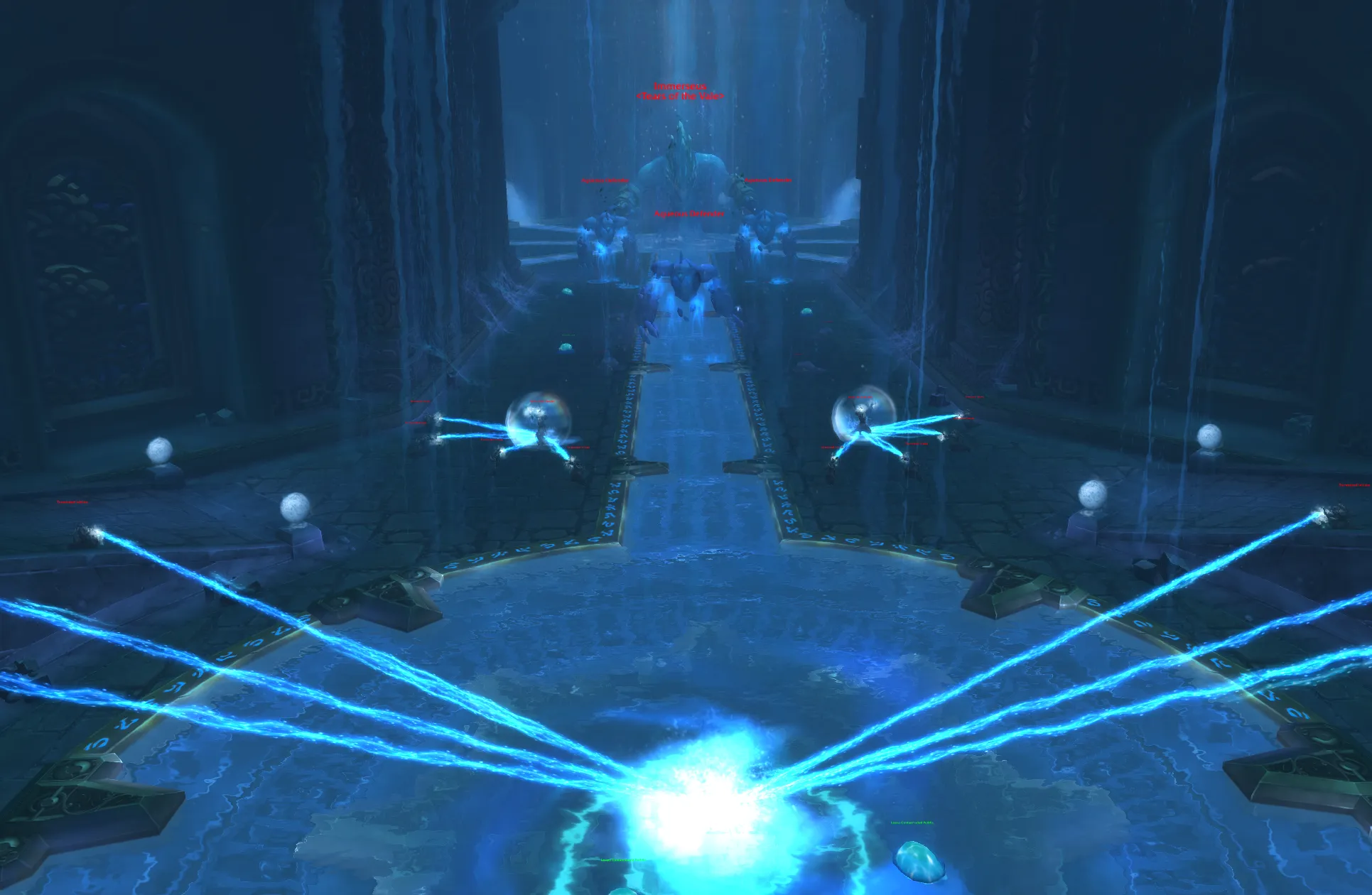
Bosses and enemies all scaled dynamically based on the number of players present, which made it easier on guilds who didn't always have everyone login, or in the case of smaller guilds, it was easy enough to bring in an extra player that was on for the night.
Flex raids were the first steps into simplifying the entire raiding experience. Initially it was added during Siege of Orgrimmar as an option between the Raid Finder and Normal difficulties, it would evolve in the next expansion, Warlords of Draenor, to be the default way Raid Finder, Normal, and Heroic raids worked, with Mythic difficulty being, and still is, staticly tuned around having 20 players present.
That's a wrap on the top features introduced to World of Warcraft during Mists of Pandaria! What features in Pandaria did we miss that you think should be on the list? Let us know your thoughts in the comments below.





Comments
No Comments Yet. Be the first to create one down below!